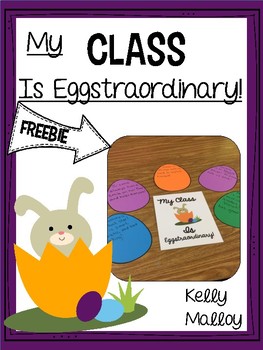Welcome to our book study of The Writing Strategies Book: Your Everything Guide to Developing Skilled Writers by Jennifer Serravallo! I am joining forces with some other fabulous teacher bloggers to discuss the writing strategies we come across in this AMAZING professional text!
Because this book isn't your typical professional development book filled with individual "chapters" of narrative, each teacher blogger will be giving you a glimpse into the 10 goals that are represented in the text. Each goal area is filled with many valuable strategies that will help you to support and guide your students as they become better writers. Keep in mind, we are only highlighting a FEW strategies in each section. There are over 300 strategies in the whole book!
If you missed our other posts you can find them here:
Sometimes students struggle with writing because they have a hard time coming up with ideas to write about. This section of the book gives you strategies to help students generate ideas.
Serravallo specifically suggests that writers in grades 3 and above keep a notebook to store ideas that they can return to again and again.
When choosing this as a goal for your students to work on, you may want to consider students who:
* have a hard time getting started during writing time.
* say, "I don't know what to write about."
* You might also check writers' notebooks to see which students have generated short lists during class lessons on idea gathering. These students may benefit from this goal as well.
Focus Strategy 1: Important People
In this strategy, students make a list of people that are important to them. They then list memories they have of those people.
I have done similar lessons to this one in the past at the beginning of the year. I decided to try a slightly different version after reading this. Instead of modeling myself with people who are important to me, I modeled with a character in our read aloud How to Steal a Dog. The students were able to help add the people and the memories since they were familiar with the character. I felt like this gave them more of a guided experience than just listening to my memories.
Student examples:
This student could benefit from working on this goal.
Focus Strategy 2: Moments With Strong Feelings
Using this strategy, students choose a strong feeling (worry, fear, embarrassment, etc.). They then think about the memories they have that connect to that feeling.
I think this might be a fun activity to do using emojis. Have the students pick and emoji, and then think of memories they have that relate to that emoji!
Focus Strategy 3: Jot Today, Write Tomorrow
This strategy really gets students living like writers by carrying around Post-Its or small notebooks to jot down things that happen around them. My students LOVE using their small writer's notebooks for this!
If you would like to purchase the book mentioned above, you can find it here.
This post contains affiliate links. I earn a small commission each time someone makes a purchase using one of my links, which helps to support the blog. All opinions are my own and I only promote brands and products that I have used myself and truly love.

Don't forget to stop by Melanie from Momma With a Teaching Mission who is our official host of this week's chapter!
If you would like to link up your own blog posts about this book, feel free to do so in the linky below! Don't forget to check out the other bloggers' posts as well as they write them for even more ideas!


































